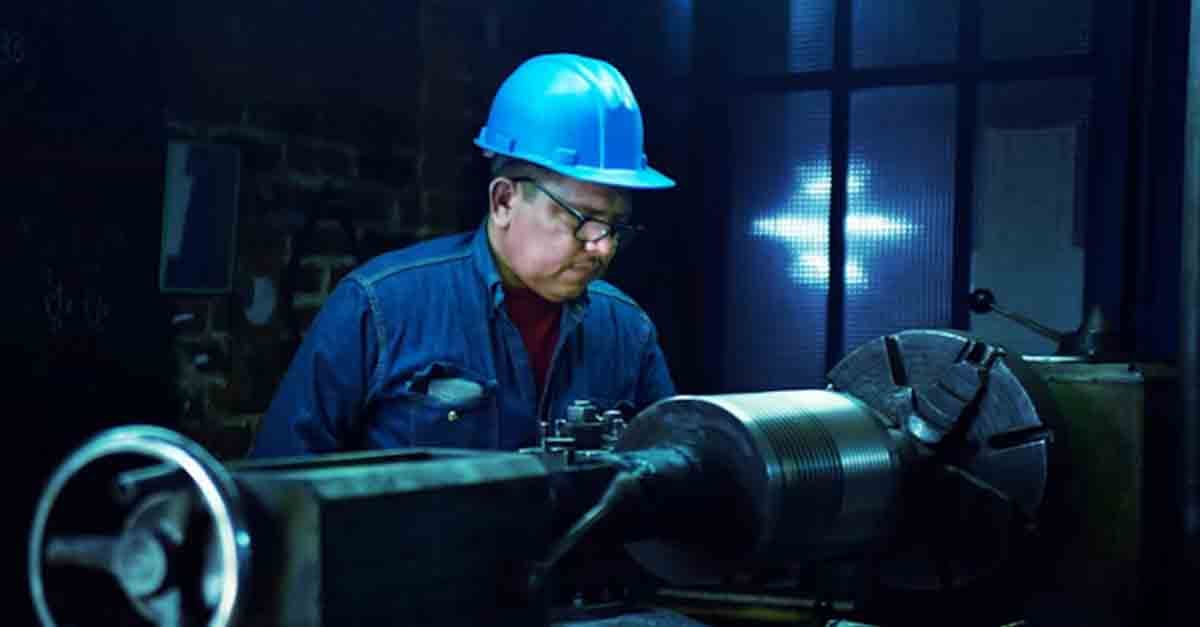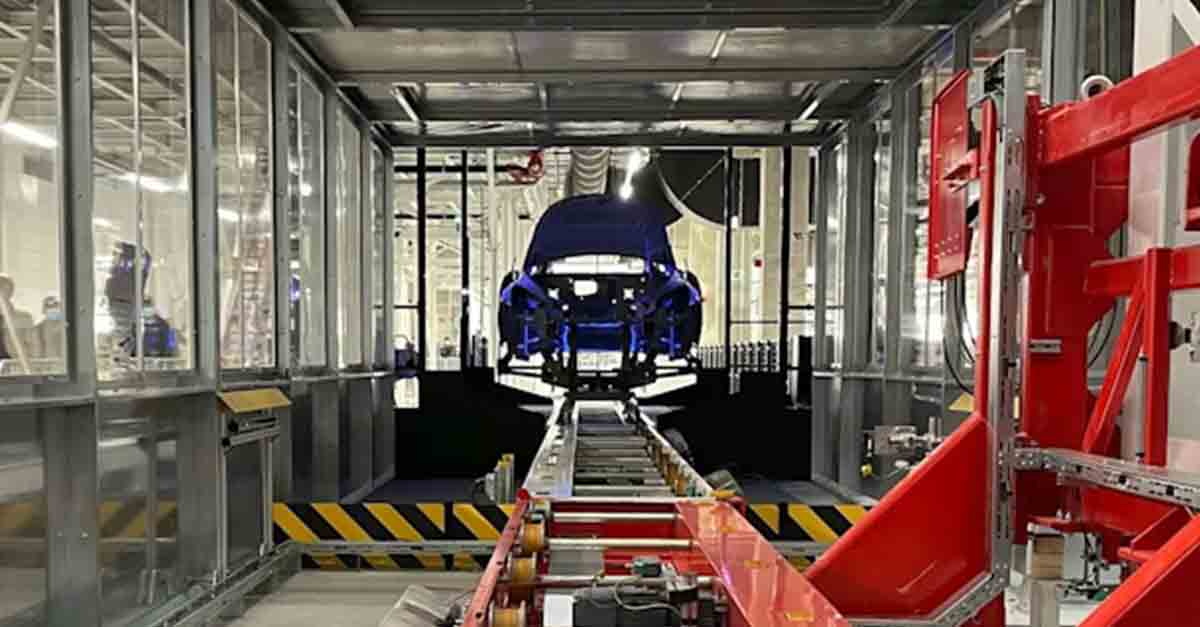
Maintenance Management: 7 Key Strategies for Success
Discover the essential strategies for achieving maintenance management excellence in the manufacturing industry. Learn how to leverage maintenance ...
Solutions
Solutions
Workplace Management Solutions
Real Estate Management Solutions
Maintenance Management Solutions
Energy Management Solutions
Engineering Document Management Solutions
Asset Management Solutions
Automate campus scheduling for classes, meetings, and exams with our EMS software.
Plan and manage conferences effortlessly with EMS software to impress guests and streamline operations.
Boost workplace flexibility and maximize space use with seamless desk and room booking.
Organize workplace or campus events smoothly, creating memorable experiences.
Optimize workspace, manage allocations efficiently, and reduce costs with our space management solutions.
Deliver projects on time and within budget by improving communication, collaboration, and efficiency with our software.
Streamline lease accounting for ASC 842, IFRS, and GASB compliance.
Manage leases efficiently by tracking key dates, analyzing costs, and ensuring compliance.
Centralize data and analytics for better insights, faster negotiations, and revenue growth.
Centralize facility and asset maintenance, automate work orders, and ensure compliance with our CMMS software.
Extend asset life, reduce downtime, and prevent costly repairs with data-driven monitoring.
Prevent equipment failures and extend asset life by detecting and addressing issues early.
Make sustainable, cost-efficient energy decisions by monitoring and optimizing power consumption.
Remotely monitor and control equipment with real-time data to predict issues, boost efficiency, and reduce downtime.
Easily share and collaborate on documents, creating a single source of truth for engineers and contractors.
Manage and analyze assets across their lifecycle to schedule maintenance, reduce downtime, and extend lifespan.
Improve visibility, automate work orders, and ensure compliance for efficient facility and asset management.
Resources
Browse our full library of resources all in one place, including webinars, whitepapers, podcast episodes, and more.
Support
Looking for access to technical support, best practices, helpful videos, or training tools? You’ve come to the right place.
About Accruent
Get the latest information on Accruent, our solutions, events, and the company at large.

Explore six crucial strategies for optimizing asset maintenance and achieving maximum performance in manufacturing industries. Discover how a CMMS can help extend asset life, minimize downtime, and boost efficiency in our detailed guide.
Table of contents
The cost of downtime can be up to $260,000 an hour. That startling statistic highlights the pivotal role of asset maintenance. This practice prevents costly interruptions while improving equipment reliability and lifespan. It directly boosts a company’s operational efficiency and safety.
This guide delves into key strategies for asset maintenance in the manufacturing industry and shows how advanced technology and software can save time, money, and resources.
Asset maintenance is the practice and process dedicated to preserving and enhancing the operational capability of physical assets within an organization.
It is a systematic approach to inspecting, servicing, and repairing equipment to ensure it remains functional and reliable over its lifespan. This discipline plays a vital role in extending asset longevity while ensuring consistent reliability. It has a direct impact on an organization’s efficiency and productivity.
Within the spectrum of asset maintenance, strategies can range from preventive and predictive maintenance to corrective and condition-based interventions. Each form is designed to meet specific operational needs, optimize resource utilization, and minimize the risk of downtime.
Asset maintenance management is how organizations can ensure operational efficiency, workplace safety, and financial health. Effective maintenance strategies keep machines running smoothly and reduce the risk of unplanned downtime that can disrupt production schedules.
Well-maintained assets are not only more reliable but also safer – significantly lowering the risk of accidents. That means less harm to workers which leads to potentially costly legal issues.
Furthermore, investing in regular maintenance extends the life of assets and defers the need for expensive replacements. There is no need to waste capital. Conversely, neglecting maintenance leads to increased repair costs, safety hazards, and a negative impact on a company’s bottom line.
.svg) A total of 82% of companies have experienced unplanned downtime over the past three years and that unplanned downtime in manufacturing can cost a company as much as $260,000 an hour."— IIoT World
A total of 82% of companies have experienced unplanned downtime over the past three years and that unplanned downtime in manufacturing can cost a company as much as $260,000 an hour."— IIoT World
Different strategies cater to unique needs and objectives. Organizations should evaluate their needs and choose what works best toward their goals, such as preventive maintenance software.
Here, understanding the nuances of each strategy is key. It enables organizations to make informed decisions that protect assets while driving overall efficiency.
Stop issues before they start. Preventive maintenance focuses on routine checks and repairs to prevent equipment issues or failures. Scheduled based on specific intervals or usage metrics, it enables consistent monitoring.
This ensures assets remain in top condition, and helps organizations extend asset life while avoiding the costs of unexpected breakdowns. It is a systematic approach that also aids in budgeting strategies.
Predict, do not react. By using data analytics and monitoring technologies, predictive maintenance forecasts potential equipment failures before they occur. Timely, data-informed maintenance actions prevent downtime.
Organizations can improve their operational continuity and performance by staying ahead of issues before they occur. Machine learning helps predictive maintenance evolve with each data point – continuously improving its accuracy.
React promptly and accurately. When faults or breakdowns happen, corrective maintenance is the strategy for repairing or adjusting assets to restore functionality. This reactive approach is crucial in catching any issues that slip through preventive measures.
It is an essential safety net and ensures your company’s operations rebound quickly from any lapses. Further, a robust corrective maintenance protocol will significantly shorten response times, rapidly returning operations to normalcy.
Target accurately and work effectively. A condition-based maintenance strategy prioritizes tasks based on the real-time condition of assets, detected through continuous monitoring. By acting only when performance starts to decline or issues are identified, organizations use resources wisely and precisely. This focused strategy maximizes resource efficiency and ensures maintenance efforts directly address any emerging needs.
Prioritize the right action at the right time – and save resources. Reliability-centered maintenance (RCM) focuses on identifying the most cost-effective maintenance practices. This involves a detailed analysis of asset functions, failure modes, and the consequences of failures.
Knowing these details helps determine the most economical maintenance practices and ensures operations continue during outages. RCM’s strategic planning will extend asset life and enhance overall system reliability.
Involve every team member and cultivate company-wide engagement in maintenance. Total productive maintenance (TPM) involves everyone – employees on every level – improving both production and quality systems.
When successfully implemented, TPM uses both proactive and preventive maintenance strategies. It nurtures an environment where continuous improvement is prioritized while fostering an organizational culture that values teamwork.

Advanced technology, such as CMMS software, helps companies navigate the trickiness of asset maintenance. With the right asset maintenance management software, organizations can automate routine tasks and reduce the manual workload.
This means maintenance teams can focus on the most important and pressing issues. Doing so streamlines the entire maintenance process – from scheduling to monitoring and evaluation.
Moreover, asset maintenance software can collect and analyze vast amounts of data. For enterprise asset management in particular, this bird’s eye view provides actionable insights that are extremely useful for stakeholders to make informed decisions.
Maintenance schedules can be designed on actual asset conditions rather than arbitrary timelines. The data-driven approach makes maintenance more effective while ensuring resources are utilized where they are needed most.
The functionalities of scheduling, tracking, and reporting provide a clear overview of maintenance activities. Visibility and transparency here mean better planning and resource allocation.
Beyond operational efficiency, companies improve asset reliability, reduce downtime, and experience significant cost savings. With the right asset maintenance management software, organizations can truly achieve a higher level of control.
.svg) Automation and innovation are closely related and can drive each other in a positive feedback loop. Automation can trigger innovation by freeing up resources and providing data and insights, while innovation can serve as a spark for automation by leading to the development of new technologies and tools."— Forbes Technology Council
Automation and innovation are closely related and can drive each other in a positive feedback loop. Automation can trigger innovation by freeing up resources and providing data and insights, while innovation can serve as a spark for automation by leading to the development of new technologies and tools."— Forbes Technology Council

For companies considering asset management software, look to Accruent’s Maintenance Connection. It is a leading Computerized Maintenance Management System (CMMS) engineered to optimize maintenance operations across various sectors.
This advanced platform uses a mixture of features to streamline processes. It also offers robust reporting and analytics tools that provide valuable insights to decision-makers. This transparency and operational visibility are a meaningful change for overall strategic planning.
When utilized properly, the software empowers organizations to reach higher goals – and they do that through data-driven decision-making. Further, Maintenance Connection is designed to be versatile, depending on the specific needs of a company.

For manufacturing professionals, plant managers, production supervisors, and maintenance managers, the tool offers several specific features and benefits, such as:
These features help professionals reduce downtime, lower costs, and improve reliability. It encourages a more streamlined, efficient operation.
Act now to save costs later – all while improving operational efficiency. Explore Maintenance Connection’s comprehensive features and learn the potential benefits for an organization.
Curious to know how Maintenance Connection works? Take the next step towards optimizing maintenance management through innovative software. Schedule a demo today!
An example of asset maintenance could involve routinely inspecting and lubricating machinery in a manufacturing plant, so it operates smoothly. This preventive task helps avoid unexpected breakdowns and extends the machinery’s operational life while maintaining schedules.
Asset maintenance management is the systematic approach to maintaining and optimizing an organization’s assets. It involves planning, executing, and monitoring maintenance activities to maximize asset reliability and performance. It is about minimizing costs and downtime.
Without proper management, asset management carries its own set of risks. For instance, over-maintenance can waste resources while under-maintenance can accelerate asset wear. Tailored maintenance strategies to align with the specific needs and usage patterns of each asset. Inefficiencies in this department can be costly mistakes.
Asset management is a broad strategy involving an asset's entire lifecycle – from acquisition to disposal. It focuses on maximizing value and investment return. On the other hand, asset maintenance specifically addresses the upkeep and repair of assets to ensure they are available and reliable for use. It is a key component of a wider asset management strategy.
Discover the essential strategies for achieving maintenance management excellence in the manufacturing industry. Learn how to leverage maintenance ...
Discover the key steps to creating an effective preventive maintenance program. This practical guide is designed to help you establish a routine that ...
Facilities maintenance management (FMM) is planning, organization & execution of work that maintains & optimizes functioning of buildings, ...
Subscribe to stay up to date with our latest news, resources and best practices